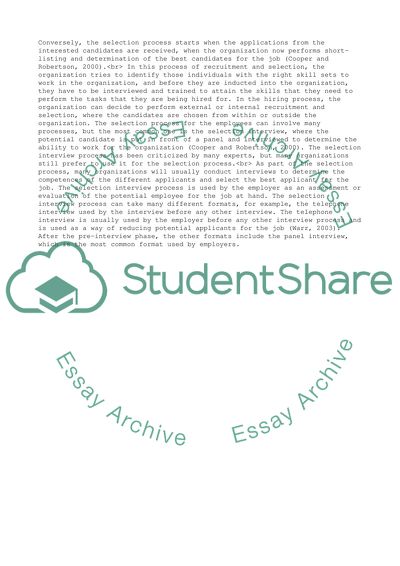Cite this document
(“The Process of Recruitment of the New Employees Essay - 1”, n.d.)
The Process of Recruitment of the New Employees Essay - 1. Retrieved from https://studentshare.org/business/1466022-managing-people-5bus1037-assignment-2
The Process of Recruitment of the New Employees Essay - 1. Retrieved from https://studentshare.org/business/1466022-managing-people-5bus1037-assignment-2
(The Process of Recruitment of the New Employees Essay - 1)
The Process of Recruitment of the New Employees Essay - 1. https://studentshare.org/business/1466022-managing-people-5bus1037-assignment-2.
The Process of Recruitment of the New Employees Essay - 1. https://studentshare.org/business/1466022-managing-people-5bus1037-assignment-2.
“The Process of Recruitment of the New Employees Essay - 1”, n.d. https://studentshare.org/business/1466022-managing-people-5bus1037-assignment-2.


